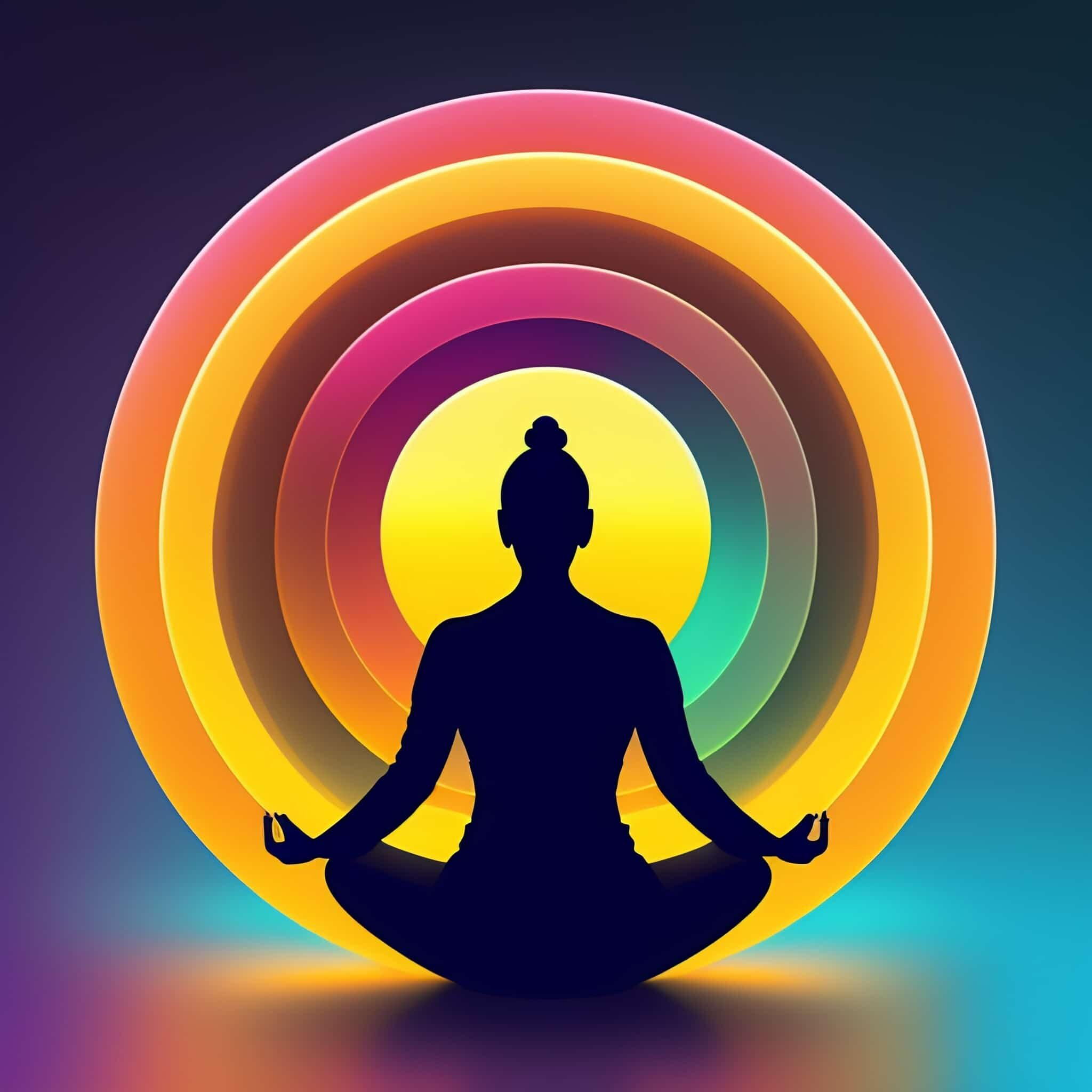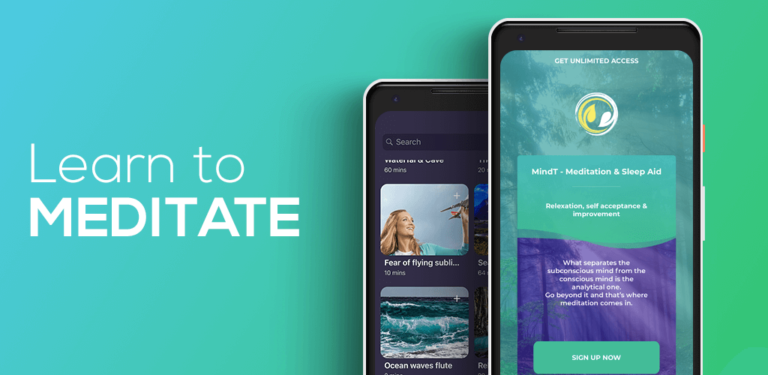The Viral Rise of Studio Ghibli-Style AI Portraits
Published on March 27, 2025 – Last Updated on April 2, 2025
How AI Anime Maker Apps Are Taking Over TikTok
In the past few weeks, social media has been swept up in a dreamy, nostalgic wave of AI-generated art inspired by the enchanting world of Studio Ghibli. From TikTok slideshows to Instagram reels, users are flooding platforms with stunning Ghibli-style portraits — often of themselves or their pets — rendered by what many are calling the best AI anime maker apps yet.
Picture Maker Generator Ghibli Style
This explosive trend began gaining traction when OpenAI’s ChatGPT unveiled its image generation capabilities, allowing users to craft vivid visuals simply by typing in a prompt like, “Make me look like a Studio Ghibli character.” With just a few taps, users can transform selfies into ethereal, watercolor-like scenes reminiscent of classics such as My Neighbor Totoro or Spirited Away — all thanks to AI.
Why Is the Studio Ghibli Style So Beloved?
Studio Ghibli, the legendary Japanese animation studio co-founded by Hayao Miyazaki, has captivated global audiences for decades with its hand-drawn animation and deeply emotional storytelling. The Ghibli style — characterized by lush backgrounds, expressive faces, and magical realism — evokes a sense of wonder and calm that resonates deeply with fans across all ages.
This signature look is what users crave when they download a Ghibli anime maker app. These apps, designed to replicate the visual magic of Studio Ghibli, let fans step inside a world of tranquil forests, flying castles, and gentle creatures. The surge in demand has led to a new niche of Ghibli app and Studio Ghibli app downloads skyrocketing across app stores.
The Role of ChatGPT and OpenAI
While AI-generated art has existed for some time, OpenAI’s integration of image generation inside ChatGPT marked a turning point. With just text-based prompts, users can generate Studio Ghibli-style portraits that would otherwise require hours of digital illustration. ChatGPT’s seamless interface and rapid generation tools have made it the go-to Studio Ghibli AI generator.
As a result, several developers have jumped into the market with their own AI anime maker apps — tools that focus solely on delivering that authentic Ghibli aesthetic. Some of the most popular search terms now include “Studio Ghibli app,” “Ghibli style portrait AI,” “AI anime maker Ghibli,” and “Ghibli anime maker app.” The demand is clear: people want to see themselves in a Studio Ghibli world.
How to Use a Ghibli Anime Maker App for Best Results
Whether you’re using a Ghibli anime maker, a Studio Ghibli app, or any AI anime maker app powered by ChatGPT, the key is crafting the right prompt. Adding details like “in a peaceful forest” or “wearing a wizard robe” helps generate stunning Studio Ghibli-style portraits that feel truly magical.
The Rise of the Ghibli Filter on TikTok and Reels
The “Ghibli filter” has become a trending term among creators who want that soft, anime-inspired glow. Many Ghibli-style AI apps now come with built-in filters that instantly transform your photo into a work of art — making the Studio Ghibli aesthetic more accessible than ever.
Ghibli-Inspired Content is Redefining Aesthetic Trends
From AI-generated backgrounds to full-blown animated clips, the Studio Ghibli style is dominating aesthetic trends across social media. AI anime maker apps have made it easy to produce on-brand content that aligns with dreamy, cinematic visuals users love to share.
Why Everyone Wants Their Own Ghibli AI Portrait
There’s something uniquely personal about seeing yourself in a Ghibli-style world. The best Ghibli app experiences blend emotion with nostalgia, allowing users to feel like characters in a beloved anime. These AI anime maker apps tap into our desire for storytelling and self-expression.
Choosing the Best Studio Ghibli App for You
With so many Studio Ghibli-inspired tools available, it’s important to choose the right Ghibli app for your needs. Some focus on AI anime portraits, while others offer full Ghibli scene generators. Look for apps that use ChatGPT and OpenAI integrations for high-quality, fast results.
The Debate: Art, AI, and Copyright
Despite the excitement, the trend hasn’t been without controversy. Fans and artists alike have raised concerns about the ethics of replicating the iconic Studio Ghibli style through AI. Hayao Miyazaki has previously voiced strong opposition to AI-generated content, once calling it an “insult to life.” Moreover, questions about copyright infringement loom, as critics wonder whether these AI models were trained on protected artwork.
In response, OpenAI has already taken steps to restrict image generation that explicitly uses the names of living artists. While the broader Studio Ghibli-inspired look remains accessible, this move reflects an effort to balance creative exploration with intellectual property respect.
The Future of Ghibli-Style AI Apps
As this trend evolves, one thing is certain: the Studio Ghibli aesthetic will continue to influence AI art and app development. Users love the warm, nostalgic feeling that comes from a Ghibli-style AI portrait, and they’re willing to explore new AI anime maker apps to get it.
If you’re looking to tap into this movement, consider trying the latest Ghibli app designed to bring your imagination to life. Whether you’re crafting a dreamy profile picture or sharing a storybook-style video, the Studio Ghibli app experience is just a few taps away.
With apps powered by ChatGPT and OpenAI’s latest image models, creating Ghibli-style magic has never been easier. This isn’t just a passing trend — it’s a glimpse into how AI and artistry can merge to create something both new and deeply nostalgic.
Trending keywords to watch: Studio Ghibli, Ghibli style, Ghibli app, Studio Ghibli app, AI anime maker app, Ghibli anime maker, Ghibli AI portraits, ChatGPT, OpenAI, anime photo AI app, anime filter Ghibli style, AI Studio Ghibli portraits.
Stay tuned — the world of AI-powered animation is only just beginning, and it’s more magical than ever.




